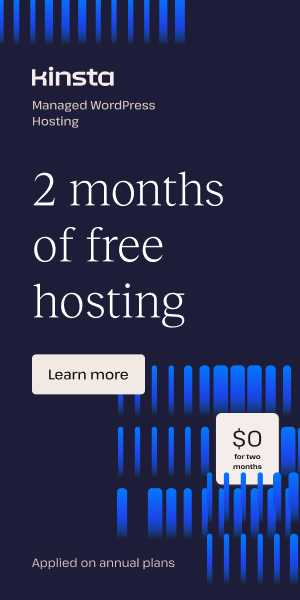Startup Landing Pages
Launching a startup is a thrilling experience, filled with opportunities and challenges. One crucial aspect of any successful startup is its landing page. A well-designed landing page can significantly enhance the visibility of your startup, engage potential customers, and drive conversions. In this article, we will explore the key elements of effective startup landing pages, discuss best practices, and provide actionable tips for creating a compelling online presence using tools like Figma2WP Service for seamless integration of design into web functionality.
Understanding the Importance of Landing Pages
A landing page is not just another webpage; it is a strategic tool designed to capture the attention of your target audience and guide them toward a specific action, such as signing up for a newsletter, purchasing a product, or downloading a resource. The design and content of a landing page play pivotal roles in achieving these goals.
Key Components of a Landing Page
A successful landing page consists of several key components, each serving a specific purpose:
- Clear Offer: Present a clear, compelling offer that matches your target audience’s needs and interests.
- Simple Design: Use a clean, minimalistic design that is easy to navigate and understand.
- Engaging Content: Include content that is both informative and engaging, using visuals like images and videos effectively.
- Visible Call-to-Action (CTA): Ensure your CTA is prominent and actionable, using contrasting colors to stand out.
Designing an Effective Landing Page
Designing a landing page involves creating a harmonious balance between aesthetics and functionality. Here are some best practices to consider:
1. Start with Simplicity
Simplicity is key when it comes to landing page design. Avoid clutter and focus on essential elements that drive visitors toward your goal. Use whitespace effectively to highlight important information and guide users through the page.
2. Use Visuals Strategically
Visuals can make your landing page more engaging and believable. Use images and videos that resonate with your audience’s goals or struggles. For instance, featuring faces in visuals can build trust and make the content feel more personal. Ensure that all visuals are optimized for fast loading to avoid slowing down your page.
3. Create a Prominent Call-to-Action (CTA)
Your CTA should be clear, actionable, and visually appealing. Use bright colors and apply the right contrast ratio to make it stand out. Ensure the copy is specific so users know what to expect after clicking. Place your CTA above the fold and repeat it throughout the page if necessary.
4. Ensure Ad-to-Page Relevance
Ensure consistency between your ad copy and the content on the landing page. This consistency builds credibility and improves user experience, leading to higher conversion rates.
Real-World Examples and Case Studies
Let’s look at some real-world examples to better understand these principles:
Example: Headspace’s Singular Offer
Headspace’s landing pages often feature a singular, compelling offer, such as a free trial or a limited-time discount. This approach grabs visitors’ attention and encourages them to take action.
Example: Purdy & Figg’s Ad-to-Page Relevance
Purdy & Figg’s ad for a non-toxic cleaner features a 15% discount offer that is seamlessly continued on the landing page, maintaining ad-to-page relevance and enhancing user trust.
Tools and Services for Landing Page Design
Several tools and services can help you create and optimize your landing pages:
- Figma: A powerful design tool that allows you to create custom designs for your landing page. It integrates well with services like Figma2WP Service to turn your designs into fully functional web pages.
- Unbounce and Instapage: These platforms offer ready-made templates and tools to streamline the landing page creation process, ensuring ease of use and optimization for better conversions.
- Netguru and Wix: These services provide design guidance and best practices for crafting effective landing pages, whether you’re a seasoned professional or just starting out.
Conclusion and Next Steps
Creating a successful startup landing page requires careful consideration of design, content, and user experience. By following the best practices outlined above and leveraging tools like Figma2WP Service, you can enhance your startup’s online presence and drive meaningful conversions. Whether you’re launching a new product or service, a well-designed landing page is crucial for capturing and retaining user interest.
For those interested in bringing their startup vision to life, whether through designing a compelling landing page or converting a Figma design into a functional web page, feel free to contact us for personalized solutions and guidance.
Visit Netguru, Wix, and Instapage for more insights on landing page design and optimization strategies.
More From Our Blog
Unlocking Success with Expert WordPress Consulting for Your Figma Designs Launching a consulting business website that stands out requires not only a sleek design but also seamless functionality and user experience. This is where professional consulting WP (WordPress) services come into play, especially when leveraging innovative design tools like Figma. Combining Figma’s precision in design Read more…
Crafting Distinctive Digital Footprints for Tech Innovators In the fast-evolving landscape of software firms, a powerful online presence is not simply about having a website — it’s about showcasing your brand’s technology prowess, innovation, and user-centric solutions through masterful design and intelligent development. For software companies targeting markets like the USA, UK, and Canada, a Read more…


